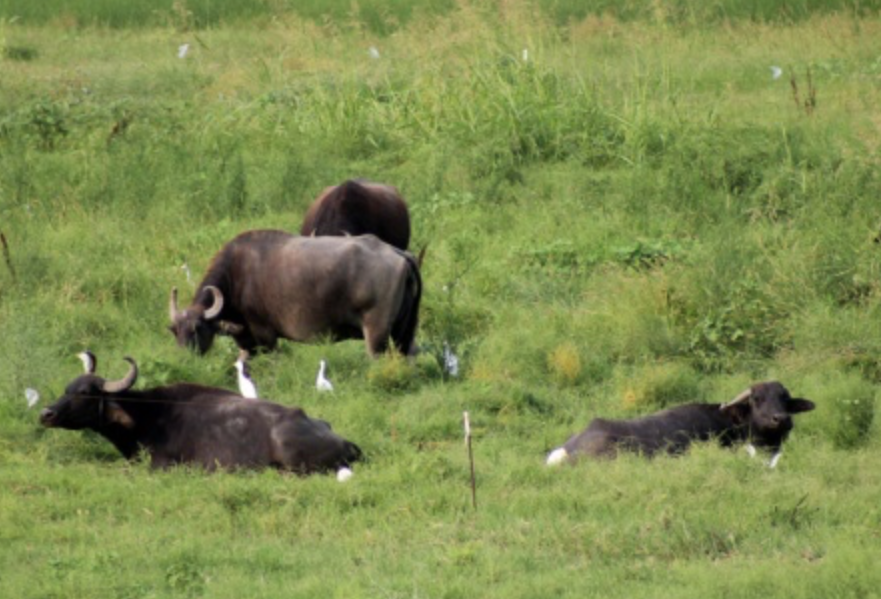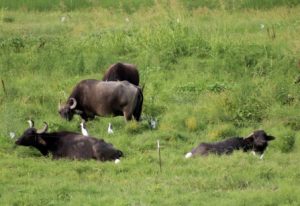The Iran Society, founded in 1935

- This event has passed.
Tracing water buffalo in the medieval Islamic world
October 26, 2020 @ 7:00 pm - 8:00 pm


In present day north-western Iran and the Republic of Azerbaijan, water buffalo are a common component of livestock farming, thriving in wetland environments and providing milk, meat, and, until recently, animal traction. Like other established populations in Egypt or southern Italy, however, the story of how and when they arrived there is mysteriously opaque, based on art historical discussions of ancient representations, confused Classical texts, and very few archaeological traces.
This paper emerged from the identification of water buffalo bones recovered throughout a 10th-14th century CE archaeological site recently excavated in Bərdə, Azerbaijan. The discovery of water buffalo remains represents the first definitive evidence for this species in the Caucasus, and was a starting point to re-evaluate the fragments of historical texts and archaeological evidence for early water buffalo across Iran, Iraq, and the Levant.
The picture that emerged not only suggests that these animals spread on the cusp of the arrival of Islam, at the earliest, but also that they represent surprising processes of top-down socio-economic reorganisation undertaken with Caliphal authority. This talk will explore how a much-overlooked animal reveals fundamental clues as to undocumented changes in the social landscapes of Iran and Azerbaijan and charts their enduring impact until the present day.
If you wish to join, please register in advance:
https://zoom.us/webinar/register/WN_sdAf-71LR_qiy47vT69QVg
